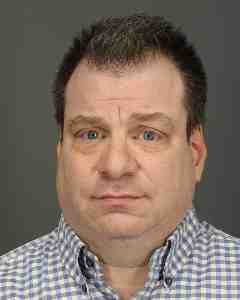Police, Community Talk Use of Force at White Plains Forum
By Sam Barron
Peekskill Police Chief Eric Johansen and Yonkers Police Detective Keith Olson admit police do not get enough training.
Johansen and Olson were two of the panelists at Police Use of Force: A Community Conservation hosted by the Westchester Coalition for Police Reform Thursday at the White Plains Library.
The organization was formed following the fatal shooting of Kenneth Chamberlain, Sr. by White Plains Police in 2011 to enhance the conversation between law enforcement and the community.
Johansen said the guidelines for using force has evolved and success stories are rarely highlighted.
“There are number of situations where officers were more than justified in using deadly physical force and did not,” Johansen said. “Police officers should be proud of that. It’s a tribute to police officers buying into the philosophy that you are there to serve the public.”
The Peekskill Police Chief said use of force is more restricted in Peekskill than state and federal law allows. Johansen said police departments need to be representative of the communities they serve.
“There needs to be cultural diversity,” Johansen said. “When we can understand one another, we will have a much more cohesive society.”
Shannon Wong, the chapter director for the Lower Hudson Valley New York Civil Liberties Union and another panelist, said policies should be as transparent as possible.
“Just because you’re allowed to do something, doesn’t mean you should do it,” Wong said.
When it comes to training, law enforcement is lacking, the police officers said. Johansen said Peekskill Police only have 24 hours of training each year, while Olsen said Yonkers Police only get four days.
“I would love to have 40 days of training,” Olson said. “We can always do better. We’ve made huge strides. It’s important for the public to understand what we do is not always pretty even when we get it right.”
Olson and Johansen both said police officers could use more training on different cultures and at deescalating situations. Olson said the public also has a role in making sure interactions go smoothly with police.
“It starts with people resisting arrest,” Olson said. “You should cooperate as much as possible with the police, even when they’re wrong. If they are wrong, there are means to take action.”
Wong said police officers need to recognize the power that comes with being an officer and what their gun represents.
“It’s important for officers to recognize bias and how racial oppression can influence the way an individual responds,” Wong said. “It may not be the fault of the officer, but they need to recognize the fault of history.”

Examiner Media – Keeping you informed with professionally-reported local news, features, and sports coverage.

